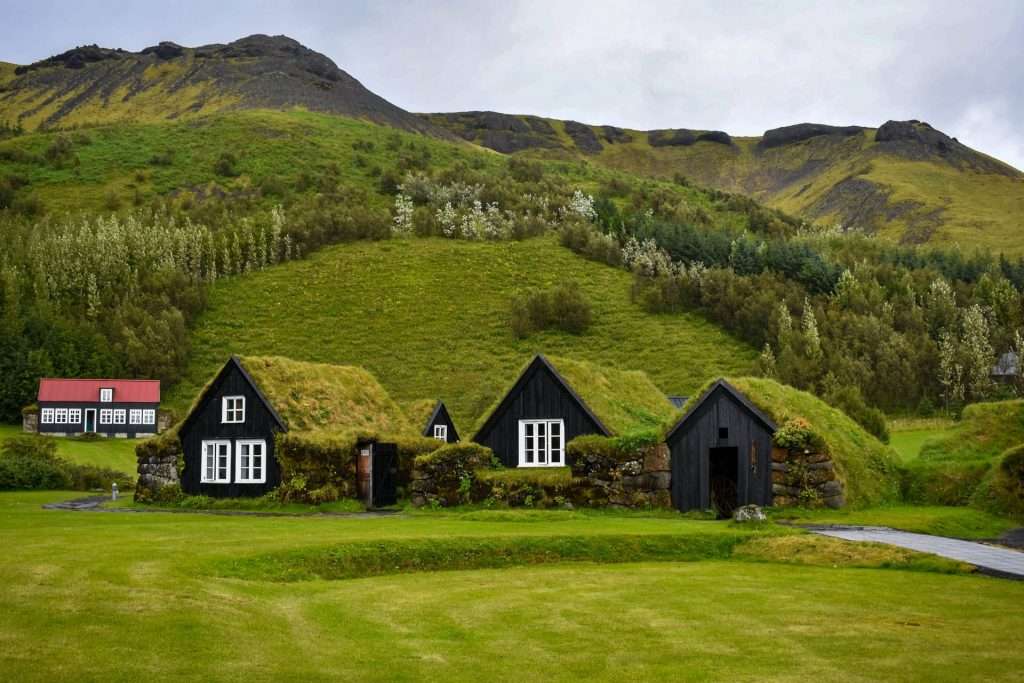Living off the grid (LOG) invokes an instant image of ‘switching off’, unplugging or moving away. It implies, cutting off from urban systems and utilities that rely on a grid infrastructure.
Early Origins
In the seventies, manuals for designing and planning self-sufficient, autonomous homes started to appear (Vale & Vale, 1975). These manuals popularised notions of ‘autonomous’ houses that could operate independently. Autonomous houses do not link into municipal utilities such as gas, electricity, water, drainage and so on. In addition, the Vales’ ‘self-sufficient’ houses, powered themselves on the energy of the sun, wind and rain, to service their internal needs and process their wastes.
Around the World
Since then, the idea has developed considerably over time, across the globe. Arguably, recent innovations introduce a degree of ease, as the concept. LOG has taken off on different tracks. However, similar patterns of daily living lead to larger and smaller environmental impacts world-wide (Chicca, Vale, & Vale, 2018). Across the globe, ecological and carbon footprints differ as does the idea of living within the limits of the planet (Chicca et al., 2018). Whilst planning to live off-grid, these differences all come into play. Indeed, to effectively plan, operate and manage LOG environmental impacts, time-sensitive, place-sensitive and socio-economically adaptable frameworks need to emerge.

Is it COVID Safe?
Despite these challenges, it is being reported, that LOG’s promise of self-sufficiency and autonomy is gaining popularity in the wake of social distancing, economic instability, social unrest, fear and anxiety (Brown, 2020; Dorsey, 2020; Forum of the Future, 2020; The Gaurdian Labs, 2020). LOG patrons are reporting gratitude for the simple and stable LOG life. Also, praise is offered for its less-busy, less-stressful, nature-based parenting/learning opportunities, that add to a sense of well-being (Sarosy 2020).
For a well-rounded sense of well-being, however, humans need connection. Humans have a psychological orientation of being attracted to all that is alive and vital’ (Fromm, 1964). It is through a connection to nature, to land, to place, to communities, to other people, that humans thrive as a species. Unsurprisingly, some LOG patrons, complain of mental unrest and fears, if they feel cut-off from larger systems, friends, social networks and so on (Sarosy 2020).
Future – potential to heal our planet
Keeping such varied arguments in mind, is LOG a viable option for the future? Does it have the potential to heal earth’s systems? For a system-wide uptake to heal earth’s systems, LOG needs support in urban planning, policy and design frameworks. Currently, existing conceptual, physical and institutional structures require adjustment as they are inherently biased against the preservation and expansion of social and natural life-support systems (Birkeland, 2020). To create net ecological and social gains, Birkeland’s Positive Development theory holds that explicit reforms in planning, design and decision-making must occur. Once these reforms occur, they could foster the emergence of time-sensitive, place-sensitive, locally and socially adaptable frameworks. In conclusion, when the appropriate, system-wide frameworks emerge to complement LOG lifestyles, then, a hopeful trajectory of healing may be set upon.
Coming soon on THRIVE…
Meanwhile, it is useful to keep learning from the first-hand experiences of LOG patrons. In our forthcoming articles, we interview THRIVE members on their personal experiences. We explore the do’s and don’t’s. We discuss the institutional challenges that exist and how to best manage them within existing support networks. Watch this space!
References
Birkeland, J. (2020). Net-positive Design and Sustainable Urban Development: Routledge.
Brown, E. N. (2020). COVID-19 has made living off the grid irresistible. Are these self-sustaining homes the future? Retrieved from https://www.fastcompany.com/90498018/covid-19-has-made-living-off-the-grid-irresistible-are-these-self-sustaining-homes-the-future
Chicca, F., Vale, B., & Vale, R. (2018). Everyday lifestyles and sustainability : the environmental impact of doing the same things differently. Abingdon, Oxon ;: Routledge, an imprint of the Taylor & Francis Group.
Dorsey, C. (2020). Pandemic Leads To Urban Exodus As Families Turn To Self-Reliance And Off-The-Grid Living. Retrieved from https://www.forbes.com/sites/chrisdorsey/2020/06/10/pandemic-leads-to-urban-exodus-as-families-turn-to-self-reliance-and-off-the-grid-living/ – 18769ed1cdaa
Forum of the Future (2020). Signal of change / Interest in Earthships and off-grid living spurred by global pandemic. Retrieved from https://www.forumforthefuture.org/blog/signal-of-change-interest-in-earthships-and-off-grid-living-spurred-by-global-pandemic
The Guardian Labs (2020). Off-grid with energy to share: in pursuit of the carbon positive home. Retrieved from https://www.theguardian.com/future-energy-skills-know-your-battery/2019/sep/26/off-grid-with-energy-to-share-in-pursuit-of-the-carbon-positive-home?utm_source=GUA_Outbrain&utm_medium=cpc&utm_campaign=FES_Carbon_Positive_Home
Fromm, E. (1964). The Heart of Man. New York City. In: Harper & Row.
Sarosy , J. (2020). What It’s Like Living Off the Grid During Covid-19. Retrieved from https://www.fatherly.com/love-money/living-off-the-grid-what-its-like-families/
Vale, B., & Vale, R. J. D. (1975). The Autonomous House: design and planning for self-sufficiency: Thames and Hudson.